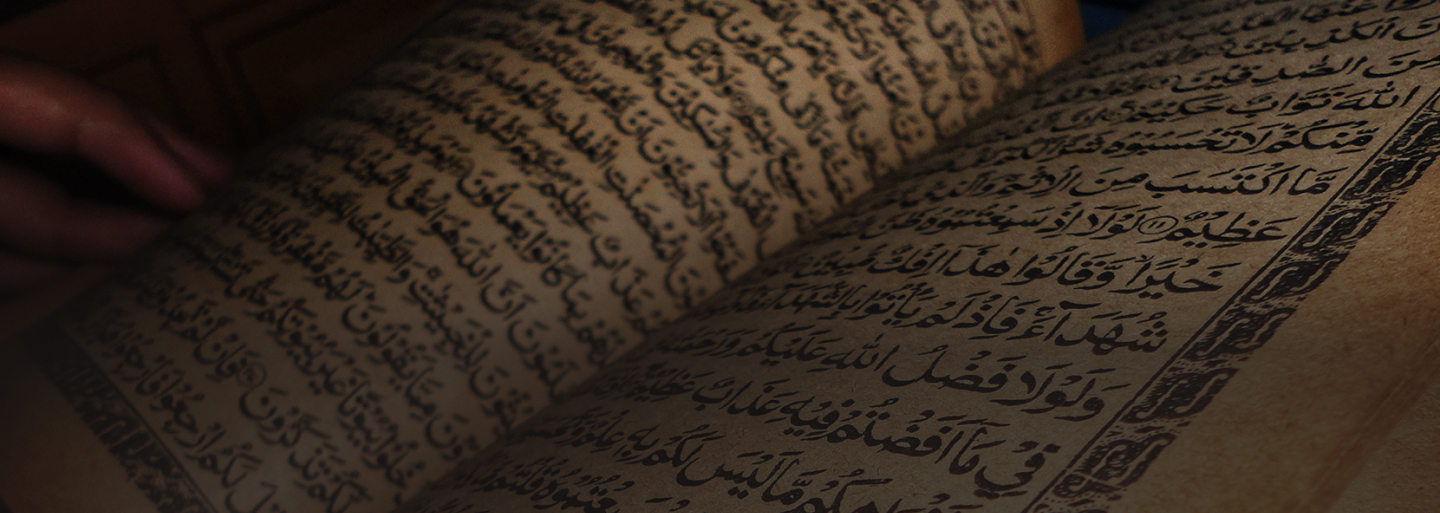Review of Asma Hilali, The Sanaa Palimpsest
The Sanaa Palimpsest: The Transmission of the Qurʾan in the First Centuries AH by Asma Hilali aims to contribute to the ongoing discussion of the transmission of the Qurʾān in the early Islamic centuries, presenting a new interpretation of one of the most discussed documentary witnesses in recent years: the palimpsest of Ṣanʿāʾ. This monograph is the culmination of a long investigation, that started with the digitization project De l’Antiquité tardive à l’Islam (2005–2008) funded by the French ANR (Agence Nationale de la Recherche). One of the aims of this project, directed by Christian J. Robin, was the digitization of three Qurʾān manuscripts found in the Ṣanʿāʾ mosque in 1972 or 1973[1] and kept in one of the mosque’s libraries, Dār al-Makhṭūṭāt. Of the three digitized manuscripts, one—inventoried as DAM 01-27.1—is of particular interest because it is a palimpsest, parchment leaves from which a previous text has been erased in order to write a new text above. The most intriguing feature is that its lower and upper texts are both qurʾānic. Then, what are the motivations behind this recycling operation?
Review of Sean Anthony, Muhammad and the Empires of Faith
What do we know about Muḥammad? How do we know what we know and how certain can we be of that knowledge? These are questions that have been asked by scholars many times and answered in many different ways. In Muhammad and the Empires of Faith: The Making of the Prophet of Islam, Sean W. Anthony presents a fresh attempt to provide answers to these questions. The book has two goals. It strives to “revitalize historical research into the life and times of Muḥammad” and it attempts to “shed new light on the historical circumstances and the intellectual currents that gave rise to the sīrah-maghāzī tradition as a discrete genre of Arabic letters from the last decade of the seventh century C.E. up until the end of the eighth” (1). The book is therefore truly a study of two topics, the historical Muḥammad and the sīrah-maghāzī genre, and an urgent plea to make sense of the former in light of the latter.
Eloïse Brac de la Perrière and Monique Buresi, Le Coran de Gwalior: Polysémie d’un manuscrit à peintures
While the study of individual manuscripts in their own right is fascinating, the level of interest increases exponentially when the historical context and human stories surrounding manuscripts are added to the research. In the case of the Gwalior Qurʾān, MS AKM00281, there is a profoundly interesting context connected with the manuscript, and this context is explored fully in this important new volume. With the dissolution of the Ilkhan Mongol regime in 1336, a number of successor states emerged. They were in turn absorbed into a new empire created by the conquests of the Turco-Mongol warlord Tīmūr (1336–1405), known in the West as Tamerlane. His was a Sunni dynasty which cut a destructive path in the name of jihad across West, Central and South Asia around the turn of the fourteenth century. Tamerlane’s supreme position among Muslim states was established by his defeat of the Mamluks (1400) and Ottomans (1402).
Review of Kristian Petersen, Interpreting Islam in China
Some readers of the Review of Qurʾanic Research might wonder whether a book on Islam in China is worth their attention. It most definitely is, especially if their interest transcends the Qurʾānic text itself and extends to Muslims’ engagement with their sacred scripture. As the author of Interpreting Islam in China, Kristian Petersen, rightfully criticizes, “much of Western scholarship has associated Islam very closely, and at times even exclusively, with Arab Muslims in the Middle East—often establishing essentialized orientations of the center and the periphery” (3). Regions at the margin of the Islamicate world such as Southeast Asia, China, or sub-Saharan Africa are often relegated to the domain of anthropologists: culturally interesting, but irrelevant to discourses on theology, normativity and scriptural interpretation. This is a dangerous move because it replicates biases inherent to our field of study, instead of calling them into question. It is also a tendency that robs the field of Qurʾānic studies of much empirical and analytical potential. This is something that Petersen explicitly, and quite successfully, seeks to remedy. It is therefore highly advisable especially for scholars who have no expertise on Islam in China to take his book seriously as a contribution to our understanding of how the Qurʾān was read and interpreted by Muslims throughout history, across space and language divides. Even if one’s own field of study focuses on entirely different languages or regions, as is the case with this reviewer, Petersen’s thoughtful analysis allows us to appreciate broader trends and situate our own research within the history of Muslim approaches to the Qurʾān. This is because Petersen has taken great care, throughout the book, to go beyond a philological analysis of his sources and draw systematic conclusions that make his findings accessible, theoretically useful, and suitable for comparison with the development of Muslim scholarship, education, and scriptural exegesis in other regions of the world.
Review of Shady Nasser, The Transmission of the Variant Readings of the Qur’an
Shady H. Nasser’s recent volume, The Transmission of the Variant Readings of the Qurʾān, makes an important contribution to our understanding of early Muslim scripturalism. Nasser argues that the question of verbal canonicity, of the acceptable recitations (qirāʾāt), moves from the realm of jurisprudence to that of transmitted tradition in the early period. His book lays out the processes whereby certain readings of the Qurʾan were deemed canonical while others were deemed deviant (shādhdh; pl. shawādhdh) by the early tradition.
